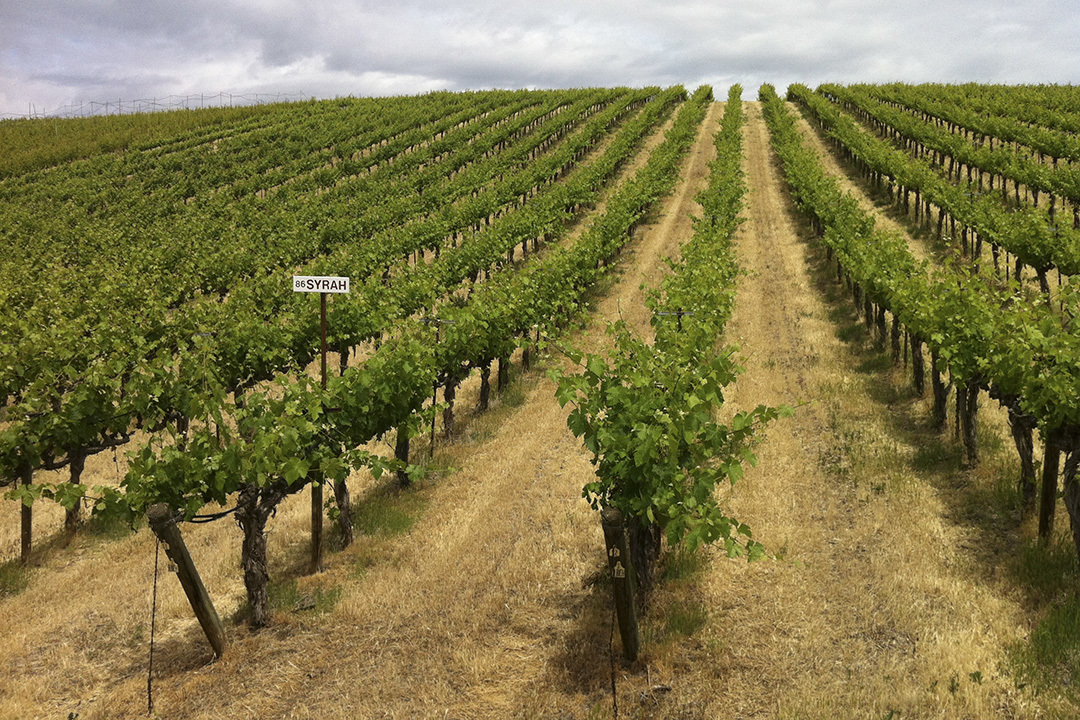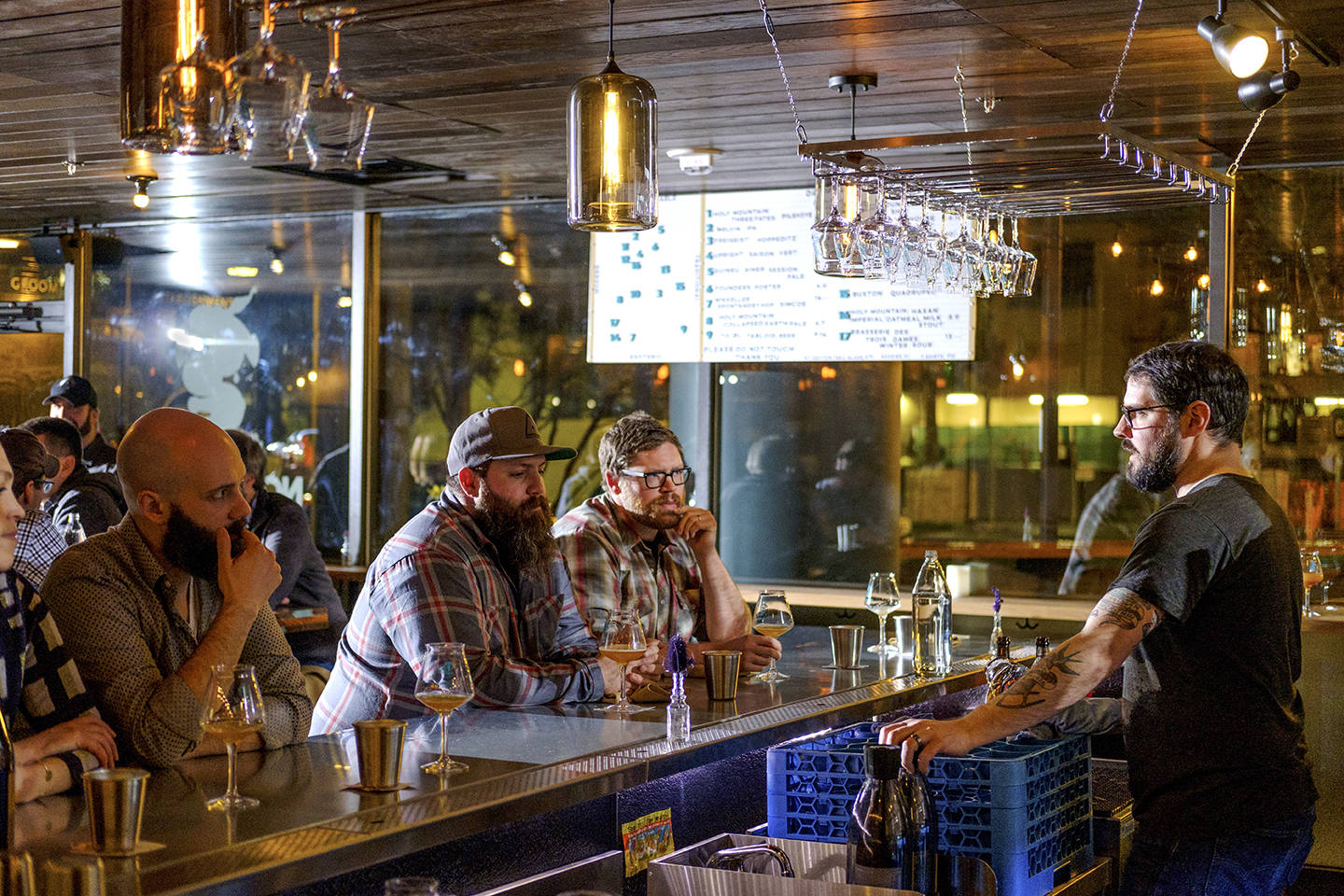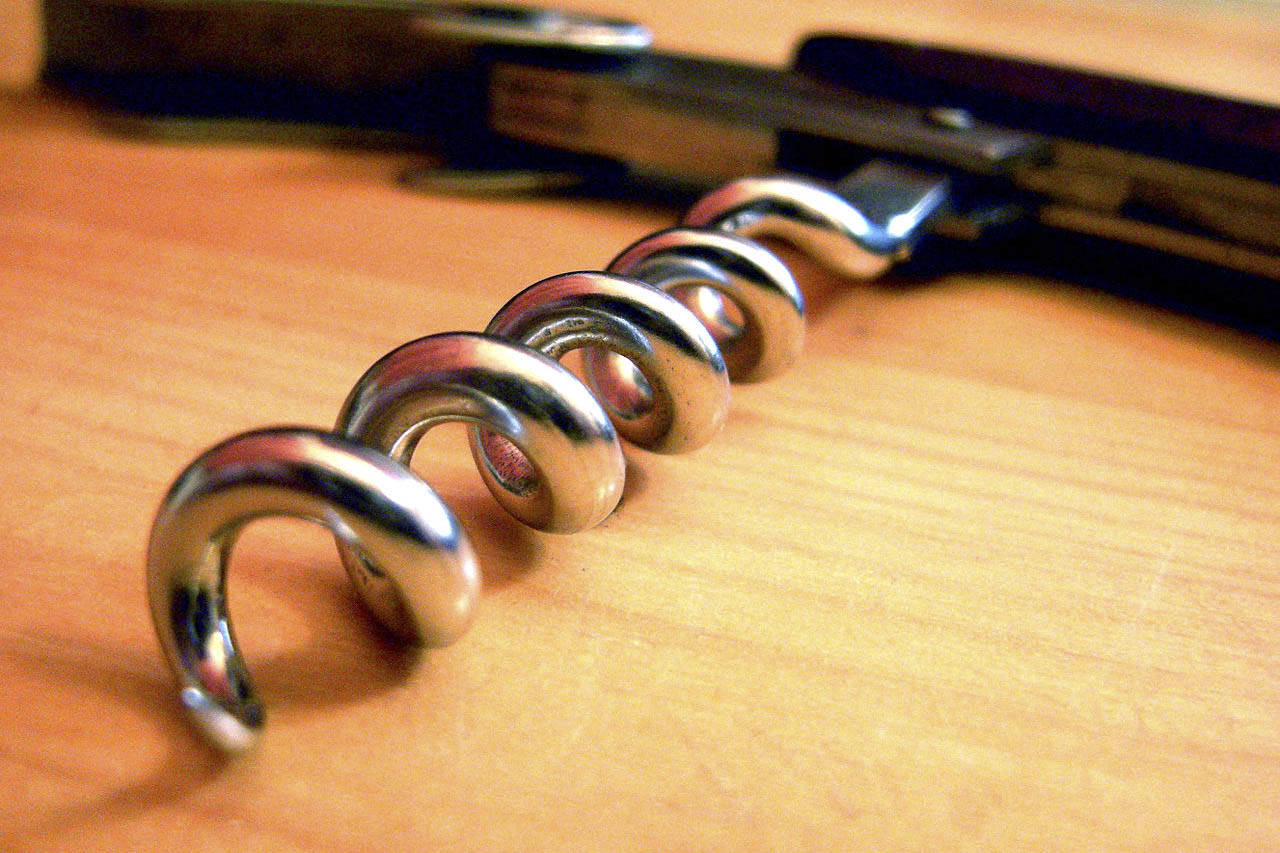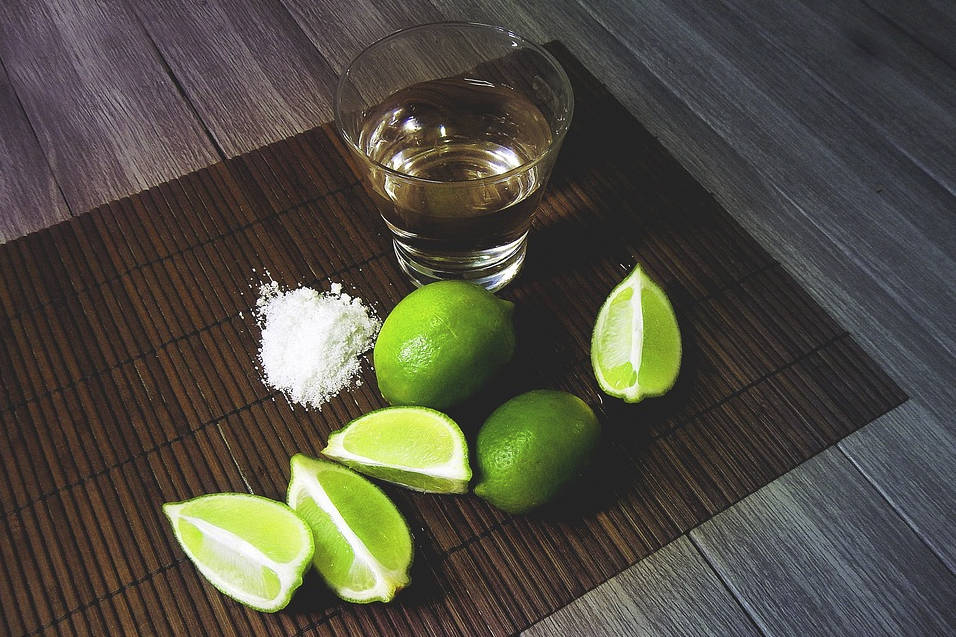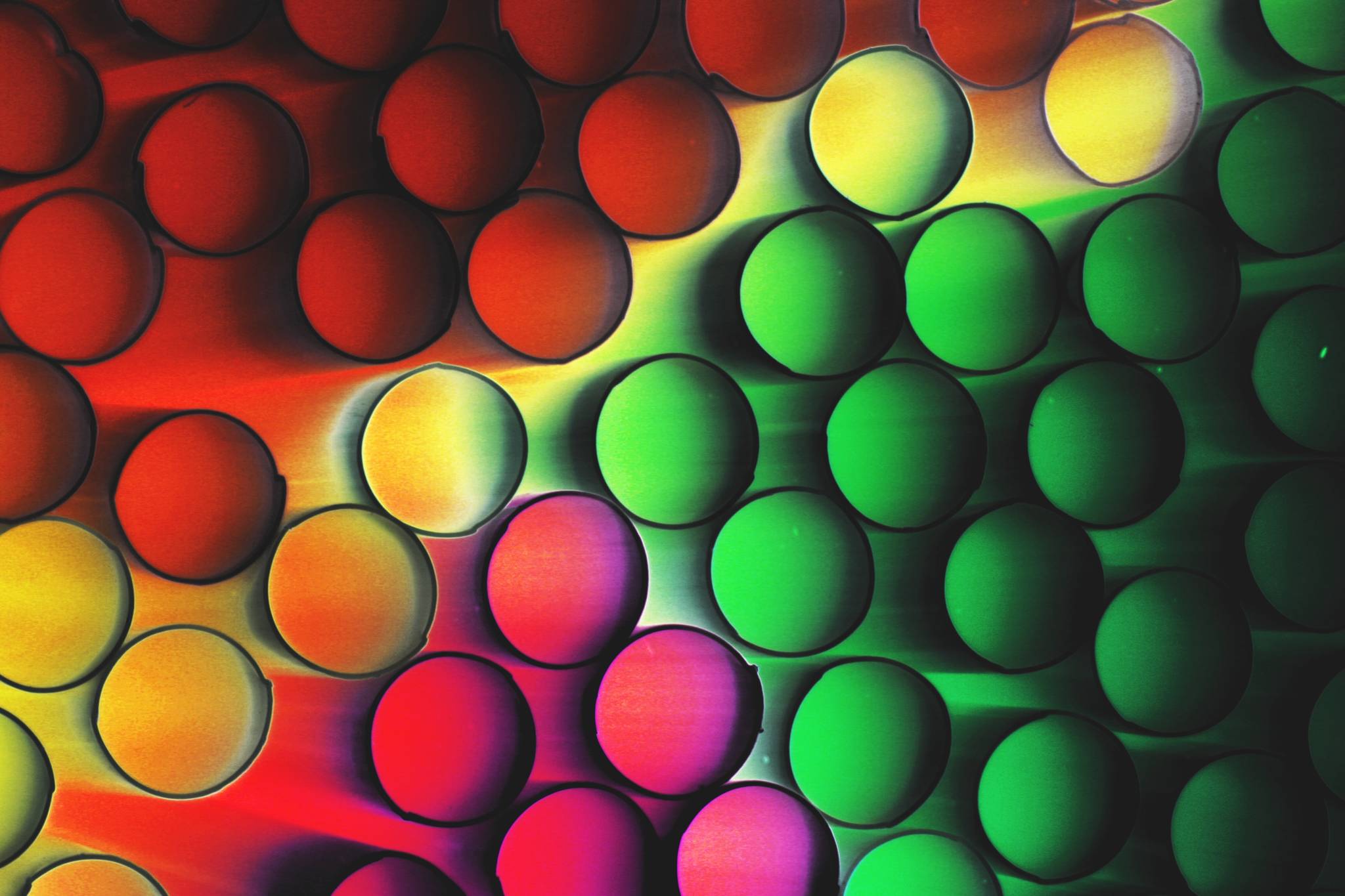Sometimes you need to get away to understand what’s right in front of you. That was my thought at the end of this year’s Washington Wine Road Trip, which I attended with industry professionals from other parts of the United States. Not only did a week of travels with these people offer some new perspective, but seeing some of the state’s more far-flung areas and vineyards fleshed out my knowledge. Here are a few of my most meaningful takeaways.
We’re further up the learning curve. Much of the initial planting and winemaking in Washington was done by trial and error. Varietal selection and vine-growing techniques were either outright guesswork or borrowed from other wine regions without knowing if they would work well here. Now, though, with four decades of results, growers and winemakers are far more certain about what and what not to do.
Faith in the land. More and more, winemakers are letting the state’s unique qualities play a leading role in their wines. Some are reducing their use of new oak barrels or fermenting with native instead of commercial strains of yeast; others are trusting lesser-known grapes, such as mourvedre or petit verdot, to be the principal star in a bottle, because they love the way the grape does in a specific site. Most of all, it’s a focus on making wine that is clearly reflective of where it comes from.
They blinded me with science. The new Ste. Michelle Wine Estates WSU Wine Science Center in Richland is more than just a place for aspiring winemakers to learn their trade. It is now one of the world’s most advanced wine-research facilities, dedicated to solving problems that challenge grape growers around the world as well as experimenting with varietals and clones that might not have obvious commercial applications, and thus would be unlikely for a vineyard to plant.
Washington is really, really big. No, I’m not just complaining about long hours on a bus. Our state is big, and the grape-growing region is spread all over its eastern portion. As such, winemakers checking on their grapes this time of year have to cover incredible distances, which might range from the eastern end of Yakima Valley all the way to the Walla Walla Valley in the southeastern corner of the state. While of course they can and do rely on the onsite vineyard team, a natural caution leads some to wake up well before dawn to do a circuit, often several times a week. That size means that everything from rainfall to temperature to soil composition is far more variable than we tend to think, and this fact was hammered home in just a few days, from sweating in Spice Cabinet Vineyard in the Horse Heaven Hills to sheltering from the rain in Stoney Vine Vineyard in Walla Walla.
Our wines are good. I already knew this, but this was also the overwhelming consensus from the attendees. Some were quite familiar with Washington wine while others were neophytes, but all were impressed and excited, and for good reason.
barcode@seattleweekly.com
